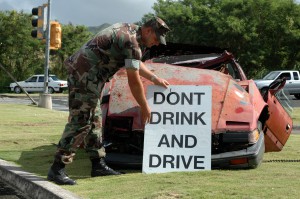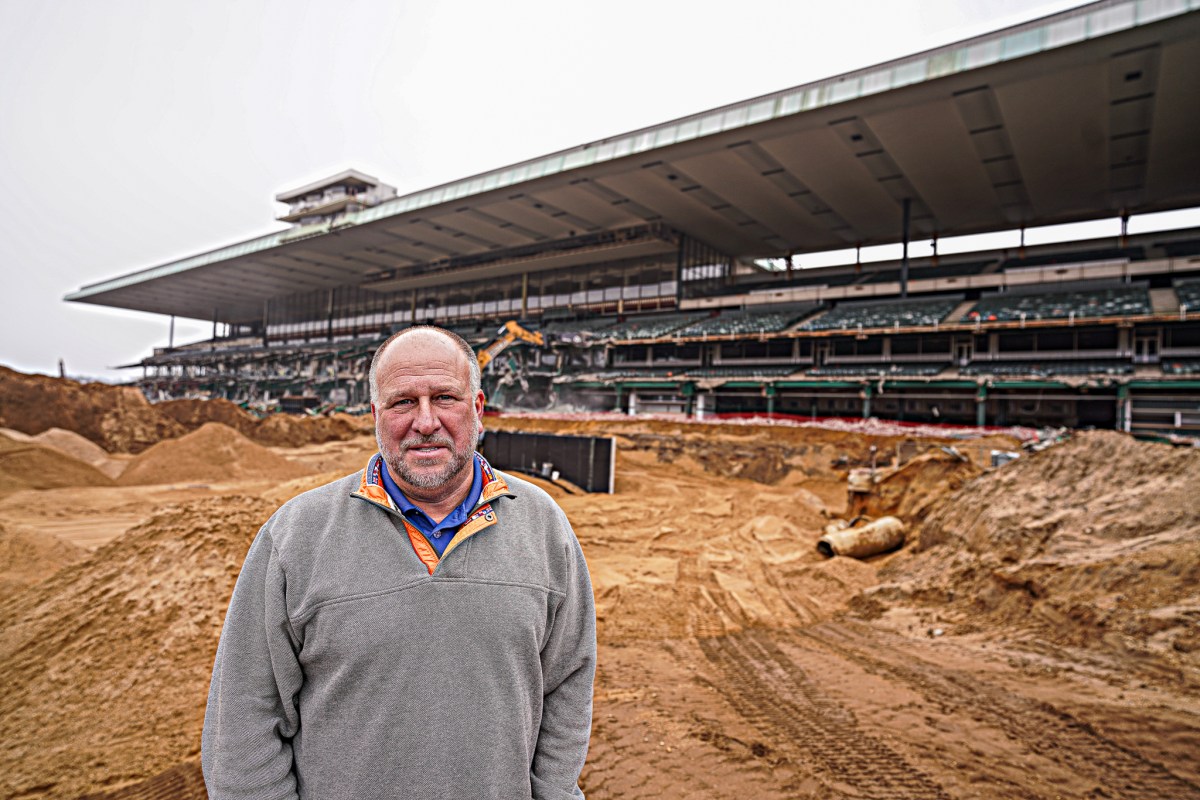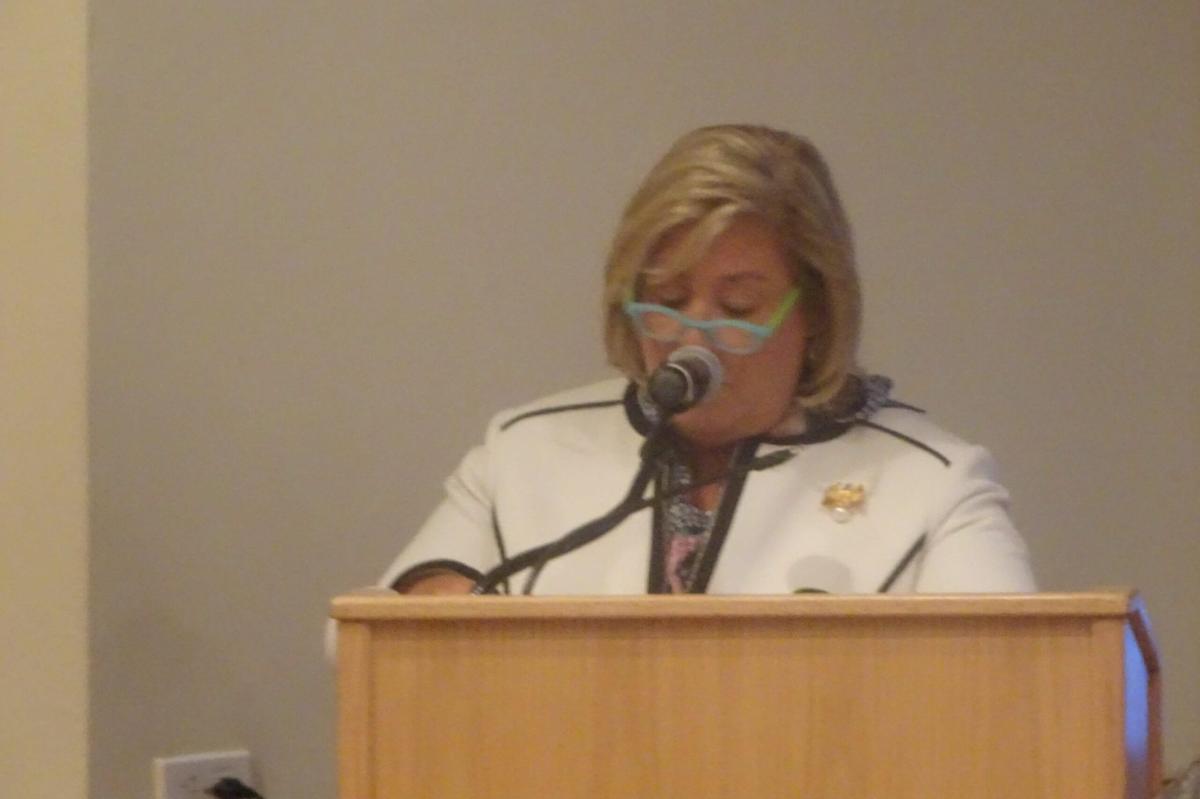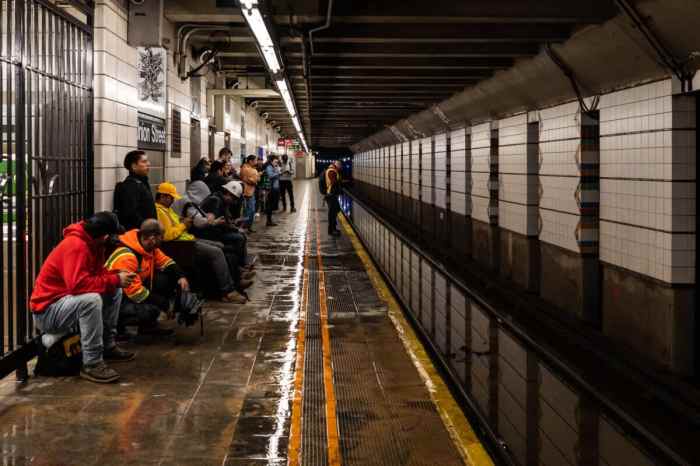
One alcoholic drink could potentially land someone in the slammer if states follow a federal agency’s recommendation to lower the legal blood alcohol level to eliminate drunk driving crashes.
The National Transportation Safety Board Tuesday asked all 50 states to align their laws with more than 100 other countries and drop the legal blood alcohol limit to .05 percent from .08 percent.
“Most Americans think that we’ve solved the problem of impaired driving, but in fact, it’s still a national epidemic,” NTSB Chairman Deborah A.P. Hersman said. “On average, every hour one person is killed and 20 more are injured.”
The safety board noted that nearly 10,000 people are killed annually in crashes involving drunk drivers, and more than 173,000 are injured.
The NTSB’s endorsement of tougher restrictions on alcohol and driving comes after investigators found that most drivers “experience a decline in both cognitive and visual functions,” at .05 percent.
“They are crimes,” Hersman said of drunk driving crashes. “They can—and should—be prevented. The tools exist. What is needed is the will.”
All states adopted the .08 percent limit in 2004.
The call for a universal change to current drunk driving laws was quickly denounced by some in the restaurant and hospitality industry, claiming it would negatively affect restaurants and other businesses that serve alcohol and would not have the intended effect.
“We think this is a terrible recommendation,” said Sarah Longwell, managing director of American Beverage Institute, a lobby group based in Washington D.C. “It targets the wrong people. It targets moderate social drinkers instead of targeting the hard core drunk drivers who cause the vast majority of alcohol related fatalities.”
Fewer than 1 percent of driving fatalities occur at the NTSB’s proposed limit, Longwell said, adding that 70 percent of traffic fatalities occur at much higher levels.
Females weighing 120 pounds who knocked back two 12 ounce beers in one hour would be over the proposed limit, according to a Wisconsin Department of Transportation blood/breath alcohol calculator.
“This would make people feel as though they couldn’t have a glass of wine with dinner if they have to drive home,” said Longwell.
Mother Against Drunk Driving has yet to publicly support NTSB’s recommendation. Instead, the group said government should focus on mandatory ignition interlocks for all convicted drunk drivers and the continued development of an alcohol detection system in vehicles that would stop drunk drivers with a BAC .08 or higher from driving altogether.
“MADD appreciates the National Transportation Safety Board (NTSB) for bringing the American public’s attention to the fact that drinking and driving continues to be a major problem on our highways—killing almost 10,000 people a year—and that additional steps have to be taken to save the unnecessary loss of life and injuries that occur as a result of these crashes,” MADD said in response to the safety board’s proposal. “Above all, MADD strongly recommends that the safest course of action is to not drink and drive.”


























